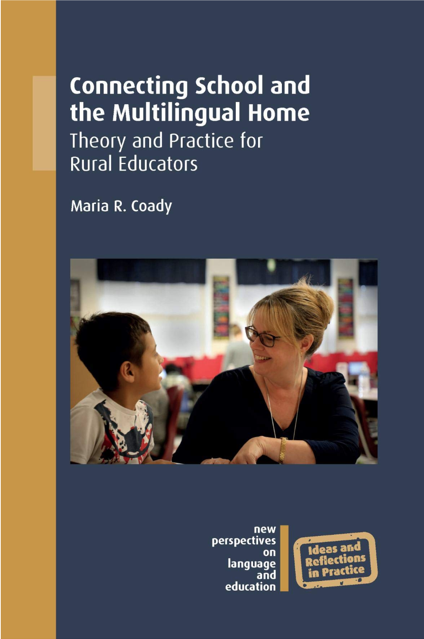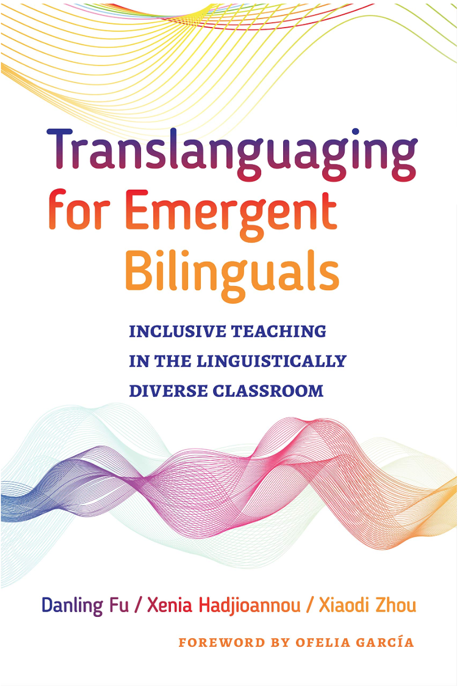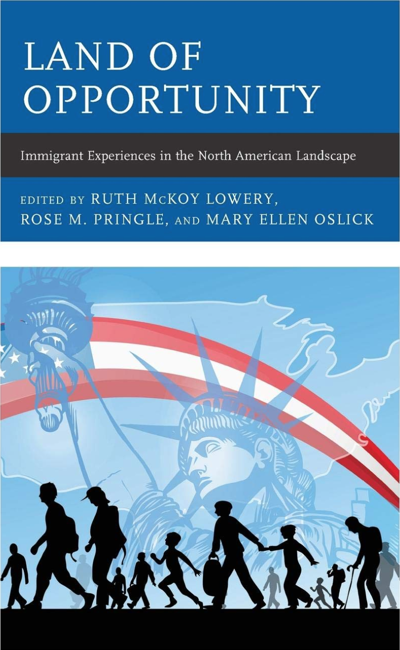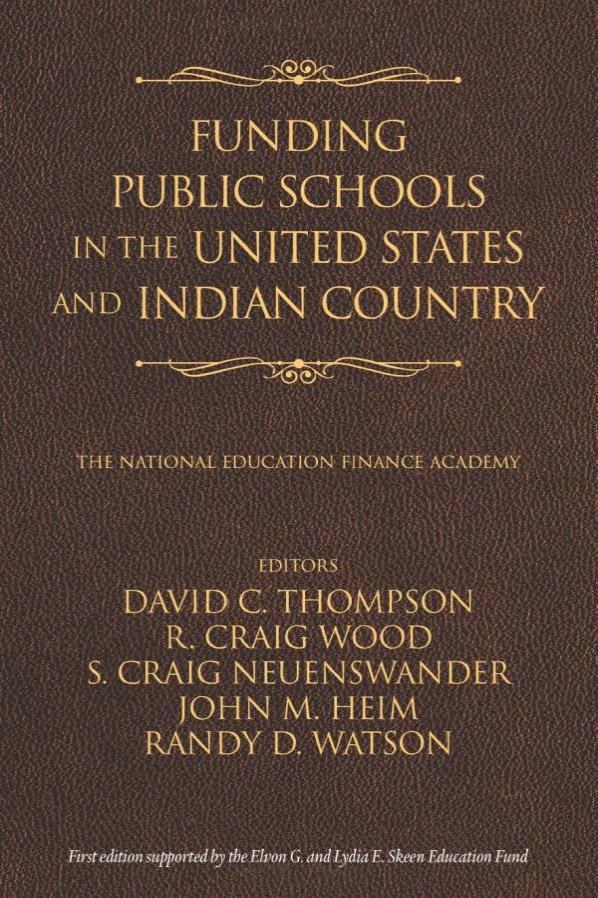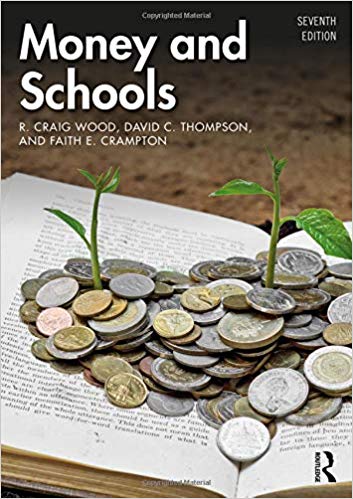Four faculty members within the College of Education have recently published books.
Three of the faculty members focused their publications on bilingual students and the variety of needs that they have within schools. They highlight the need for educators to embrace students and their differences to give them the best educational experience while learning in a language that is different than what they speak at home.
Maria Coady, associate professor of ESOL (English Speakers of Other Languages) and bilingual education, and Danling Fu, professor of language and literature, share their experiences as educators within multilingual communities and the issues that the students can have with the home and school divide. The two books co-edited by Rose Pringle, associate professor of science education, feature the experiences of both the teachers and families involved in multicultural education and the struggles that children might experience due to bias. The authors and editors of these books bring a unique view of bilingual education from their experiences that other educators can use in their own classrooms.
Craig Wood, professor of educational administration, offers easily digestible information on school finance, from receiving funding at the state and national level to school budgeting, in two text books. His books bring accessible and engaging information to the table in the newly updated volumes.
“Connecting School and the Multilingual Home“
In her new book, “Connecting School and the Multilingual Home,” Maria Coady focuses on how different systems interact and influence children’s experiences in schools and the specific needs of multilingual children in rural areas.
“Rural schools do not function like suburban or urban schools that teachers are asked to perform in similar ways,” she said. “I believe that teachers can take away some very useful suggestions and ideas for engaging families who are in distant locations.”
Coady has worked and studied bilingual education in both America and Ireland for 25 years and notes that different countries have different bilingual education needs dependent on the predominant culture and languages as American bilingual education is largely for minoritized students.
“Above all else, ensuring that students identities are affirmed through the educational process is a key to successful education,” she said.
Coady highlights the need for educators to understand the cultural differences in immigrant families that can influence student experience and ability to succeed in a classroom and the resulting demand for educators to learn how to adapt to those differences to meet student needs.
Family is key within her book, Coady writes having had the experience of teaching and reading with English learning communities with her children.
“I’m always reminded of how my own family shaped who I am as an educator, and their participation in my education formed to a large degree the way I think today,” she said. “They continue to be part of my work as I think about the role of families and working with families in rural school settings.”
Educators should work to bridge the gap between schools and families to create the best educational experience multilingual children can have in rural areas. While the book focuses on the needs of rural areas with multilingual students that are “often overlooked” with standard educator practices, the practices that are suggested are applicable to all teachers of multilingual students.
“Translanguaging for Emergent Bilinguals”
Becoming fluent in English can be challenging for emerging bilinguals if the support isn’t there. Authors Danling Fu, Xenia Hadjioannou and Xiaodi Zhou look into how the “translanguaging” of education can be beneficial to students learning English in the classroom. In “Translanguaging for Emergent Bilinguals” Fu focuses on the need for inclusive and purposeful education with teaching English as a second language.
“I want teachers to think that students’ home language is their most important funds of knowledge that will enhance their learning rather than interfering with their learning,” Fu said.
Fu has had experience as both a student and teacher attempting to find the best way to learn a language in and outside of a classroom. After using the “English-only” model at the suggestion of an early teacher, Fu has realized that languages are not learned and developed separately, but can and should be worked together to foster an emerging bilingual.
“Writing this book is not only presented my knowledge I have developed in the past two decades in working with emergent bilingual students, but also deepened my thinking on this topic and further understand the translanguaging theory and pedagogy and even myself as a bilingual and biliteracy scholars,” she said.
Fu provides her experience as a literacy consultant for a middle school in New York City’s Chinatown and how the “English-only” format that she suggested to immerse students in as much english as possible during school did not work, rather allowing integration of language in classrooms to be more effective for these groups.
In this book, Fu suggests no more silent rooms with students too afraid to join in discussion with “English-only” education, but purposeful bilingual discussion involving the student’s home language to foster growth within the new language. The theory that the best way to teach a second language is to allow students to use all aspects of their known languages to express themselves and the concepts that they are trying to communicate.
“When we find our students struggling in their learning, we should first of all reflect on our own teaching,” she said. “Do we understand those students enough in order to reach them through our teaching.”
“Immigrant Experiences: Expanding the School-Home-Community Dialogue”
In this co-edited book, Rose Pringle, focuses on the experiences of immigrant children in America in how their home lives influence their lives in and outside of school. “Immigrant Experiences” book gives readers examples of what experiences students and their families have when they settle in America and begin American school while America becomes increasingly diverse with the current wave of immigration.
“We all come with expectations that the education system is going to work for us,” she said. “And then it’s not even the academic piece which becomes a problem, it’s the other pieces in school where lack of understanding of the foundations of knowledge looking at the kids and determining what the kids can and cannot do.”
Families that immigrated to America often find that the skills and professions they had in their home country do not translate to a career in America due to the need for more education. families interviewed in the compilation share their worry that their children will be at the mercy of the American education system if they themselves return to school to increase their earning ability for the benefit of their family.
“Some had been a bursar in the school system and that would only get them a cashier job at Walmart. They had to work 24/7 and so every time they had to take a half a day to deal with a minor infraction that became a problem,” she said. “The schools thought that they did not care about their kids and were not interested in education.”
Several of the families interviewed in the co-edited book share their worries that their children were at a disadvantage within their American schools. According to the parents, the schools put academically strong students on the lowest track where college prep courses would not be available to them to prepare for a bright future, despite previous academic successes in their home country.
This book highlights the need for teachers and schools as a whole need to be aware of the cultural differences and biases that they might have that can put students at a disadvantage and dives into the familial push for immigrants from some cultures to be highly educated despite the lack of specialized careers in their country of origin.
“One of the things that came out when writing this was the hopefulness,” she said. “Even though they were struggling they looked down the road and said that if they just hold on education will take their kids further.”
“Land of Opportunity: Immigrant Experiences in the North American Landscape”
In her newly published co-edited book, “Land of Opportunity,” Pringle shares a compilation of educator views on meeting the needs of immigrant and otherwise non-white groups.
“We all have different kinds of experiences and if learning is to take place you need to value the person’s past experiences and the funds of knowledge that they bring to the learning situation,” she said. “In many situations this was not happening.”
The co-edited book highlights the changing identity of America and the fear of the unknown that the current political climate has heightened that can impact how students and faculty interact during this change in diversity within American schools.
“They’re here to learn and to study,” she said, “but at the same time they too have to struggle with perception.”
The editors and contributors provide insight on the variety of experiences that students have when they don’t fit the typical narrative of an American student, from being thought of as out of place to being thought of as a “model minority.”.
“One example was a chinese family. These were individuals who started their restaurant. They felt that they could not fit in, that there was this wall around them with respect to what was happening in the schools and that filtered to their kids,” Pringle said. “But there was this perception that the chinese kids were doing well. It was a plus to the kids even though the family felt like outsiders.”
The need for teachers to be aware of the funds of knowledge that their students have and work to find the best way to tap into that is focused on throughout the book. Pringle said that she does not want students to lose their heritage, that she wants students to learn what they need to but that its an opportunity for other students to learn more about other cultures in the process.
“It’s giving voices to the different nationalities as immigrants so that they can share their stories and the commonalities that do exist across them,” she said.
“Funding Public Schools in the United States and Indian Country”
In partnership with other education leaders, Craig Wood has edited a book positioned to become the nation’s preeminent text on preschool through grade 12 school funding. “Funding Public Schools in the United States and Indian Country” covers all 50 states, the District of Columbia and Indian Country.
It was published by the National Education Finance Academy to be an asset for policymakers, scholars, reporters, researchers and administrators alike. Chapters were written by education leaders in their respective states.
The book consolidates information that was once housed in hundreds of locations, whether local, state and federal archives. “Funding Public Schools in the United States and Indian Country” provides a uniform and easily digestible comparison of each state’s funding, including general background on state aid formula; basic support program description and operation; supplemental funding; aid and funding for compensatory and categorical programs; funding for transportation; and more.
“Money and Schools”
In this updated volume of “Money and Schools,” Professor Wood and his co-editors dive into the relationship between money and the quality of education students receive. This book provides a broad overview of school finance through case studies, point/counterpoint discussion and more to provide an accessible and engaging look into finance.
Based on research and best practices, this book provides a broad overview of school finance, budgeting, and resource allocation, an understanding of the underlying economic, social, legal, and political principles that drive how schools are funded, as well as a detailed examination of day-to-day funding operations.
This edition includes coverage of environmental sustainability, digital downloads, updated references and more for educators and administrators to have the most current information on the financial needs of today.
If you are interested in reading more on the education of young bilinguals or on the topic of school funding throughout the nation, you can find copies of these books at the UF Education Library and on Amazon through the links above.

